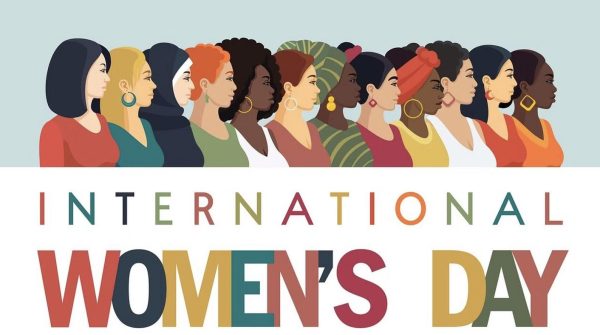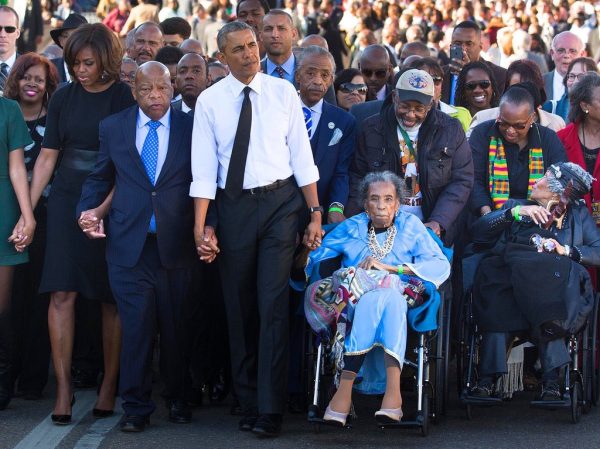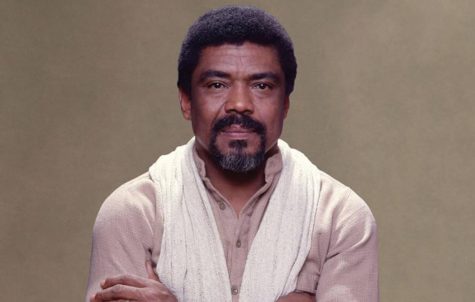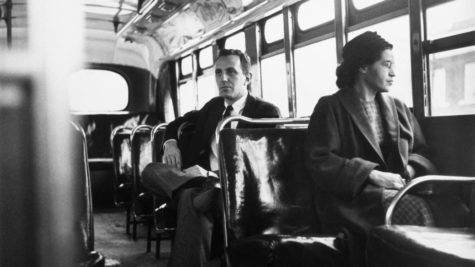Chief Joseph
In honor of Native American Heritage Month
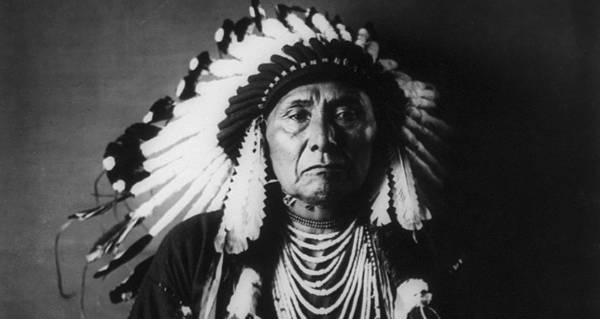
November 30, 2020
Chief Joseph was born on March 3rd, 1840, in Wallowa Valley, Oregon. He was a Nez Perce Chief who, faced with settlement by whites of tribal lands in Oregon, led his followers in a dramatic effort to escape to Canada.
When the United States attempted to force the Nez Perce to move to a reservation in 1877, Chief Joseph reluctantly agreed. Joseph the Elder’s relationship with the whites had been unprecedented. He’d been one of the early Nez Perce leaders to convert to Christianity, and his influence had gone a long way toward establishing peace with his white neighbors. In 1855, he forged a new treaty that created a new reservation for the Nez Perce. But that peace was fragile. After gold was discovered in the Nez Perce territory, white prospectors began to stream onto their lands.
In 1877, recognizing what a war could mean for their people, the chiefs backed down and agreed to the new reservation boundaries. Just before the move, however, warriors from White Bird’s band attacked and killed several white settlers. Following the killing, tensions erupted again, and Chief Joseph tried to lead his people to Canada, in what is considered one of the great retreats in military history.
In October 1877, after months of fugitive resistance, most of the surviving remnants of Joseph’s band were cornered in northern Montana Territory, just 40 miles (64 km) from the Canadian border. Unable to fight any longer, Chief Joseph surrendered to the Army with the understanding that he and his people would be allowed to return to the reservation in western Idaho. He was instead transported between various forts and reservations on the southern Great Plains before being moved to the Colville Indian Reservation in the state of Washington, where he died in 1904.


